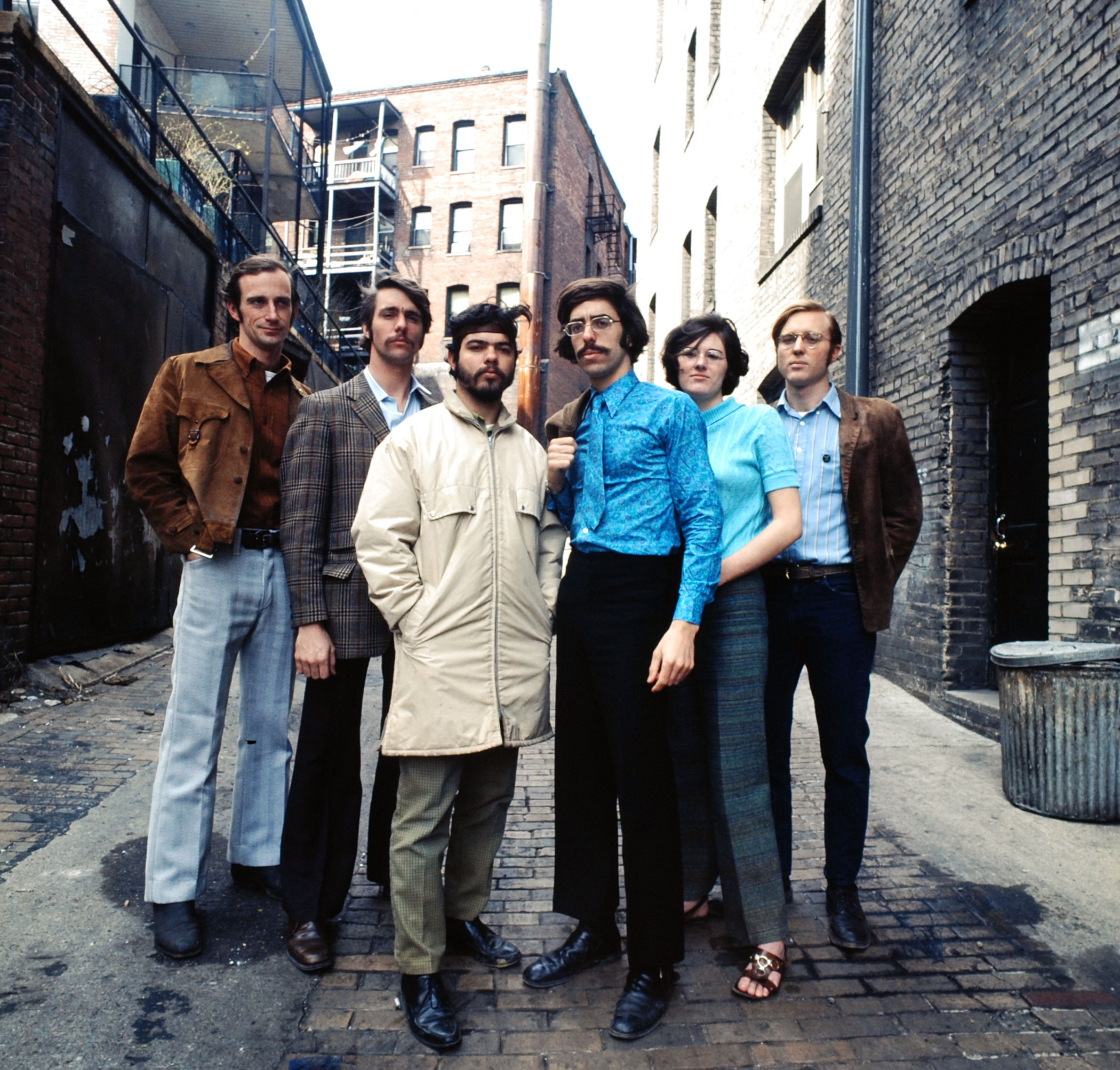
“It sounds as if the land has gone mad, and in a way some of it has—mad at man’s treatment of his environment.” When LIFE Magazine reported on the first Earth Day, which took place on April 22, 1970, it captured the burgeoning energy of a nascent environmental movement and the young men and women driving toward change.
The magazine’s focus was less on the pollution that threatened the planet than on the faces of the movement determined to curtail it. Senator Gaylord Nelson, a Democrat from Wisconsin, had conceived of an environmental campaign that employed tactics, like the teach-in, of the anti-war movement. But he needed a group of budding young activists to organize it from the ground up.
Nelson enlisted Harvard graduate student Denis Hayes as national coordinator. Hayes brought on classmates Andrew Garling, who would coordinate the Northeast, and Stephen Cotton, who would manage the media campaign. Arturo Sandoval, a Chicano activist, joined the team to manage the Western effort, along with Bryce Hamilton to organize high school students and Barbara Reid to coordinate the Midwest.
The paths they took to their cramped Washington, D.C., headquarters varied widely. Reid, who had worked on Robert Kennedy’s campaign and then for the Conservation Foundation, was the only one with solid credentials in the movement. Hayes, who would go on to be a pioneering influence in solar power, grew up in the forests and streams of southwest Washington but focused his prior activism on the Vietnam War, as did Garling. Cotton came up as a student journalist during the civil rights movement, and Sandoval had organized Chicano students and laborers to fight against discrimination.
From a dingy office above a Chinese restaurant, the team orchestrated a history-making event. When the day they’d been working toward finally came, 20 million Americans took to the streets to rally for a more earth-conscious society, and the modern environmental movement was born. As dire as the problems that faced the environment were, Hayes maintained an optimistic outlook. As he told LIFE, “There’s no survival potential in pessimism.”
Liz Ronk, who edited this gallery, is the Photo Editor for LIFE.com. Follow her on Twitter at @LizabethRonk.
Read next: This Is the App You Need to Download for Earth Day
Listen to the most important stories of the day.
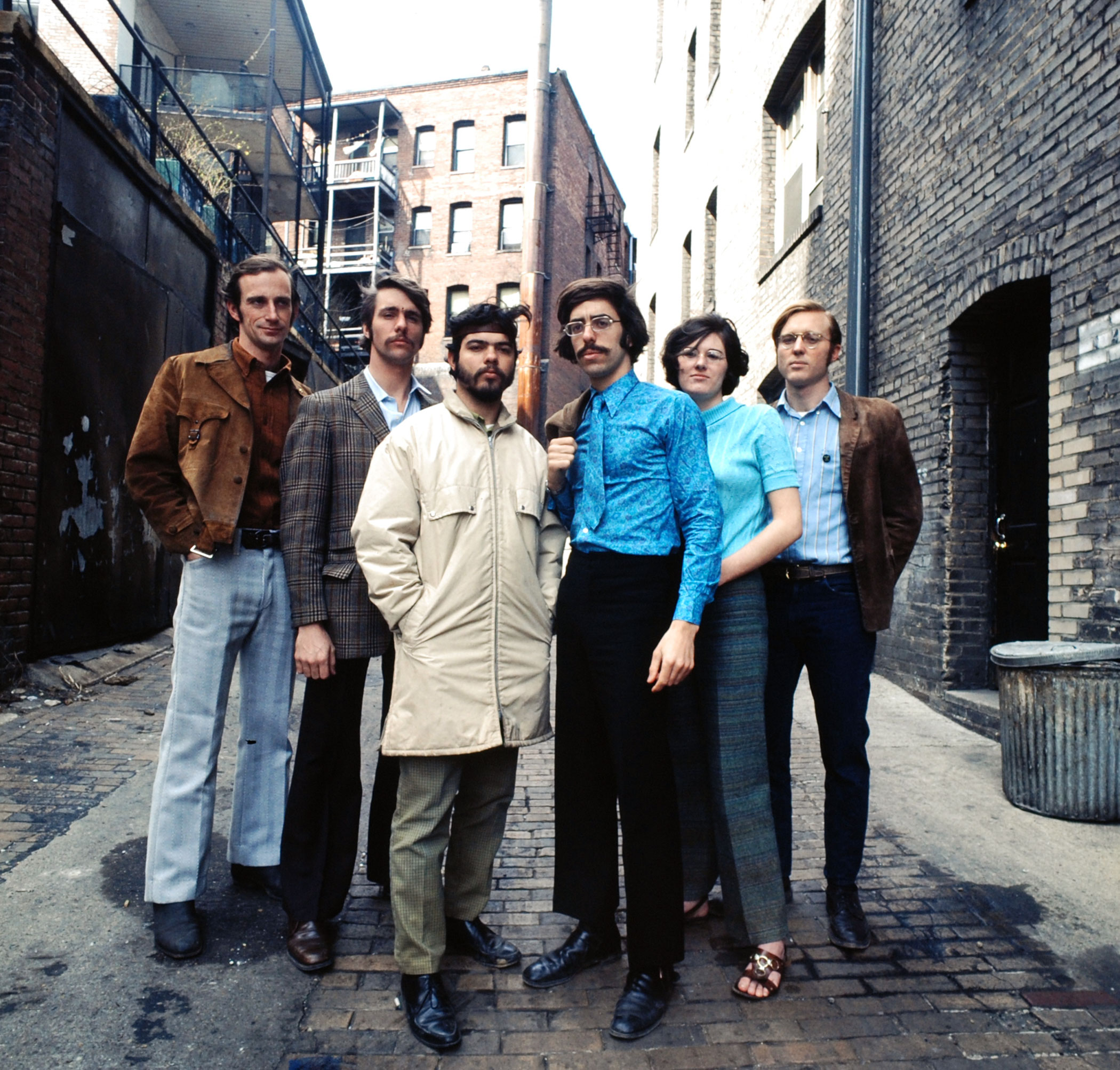
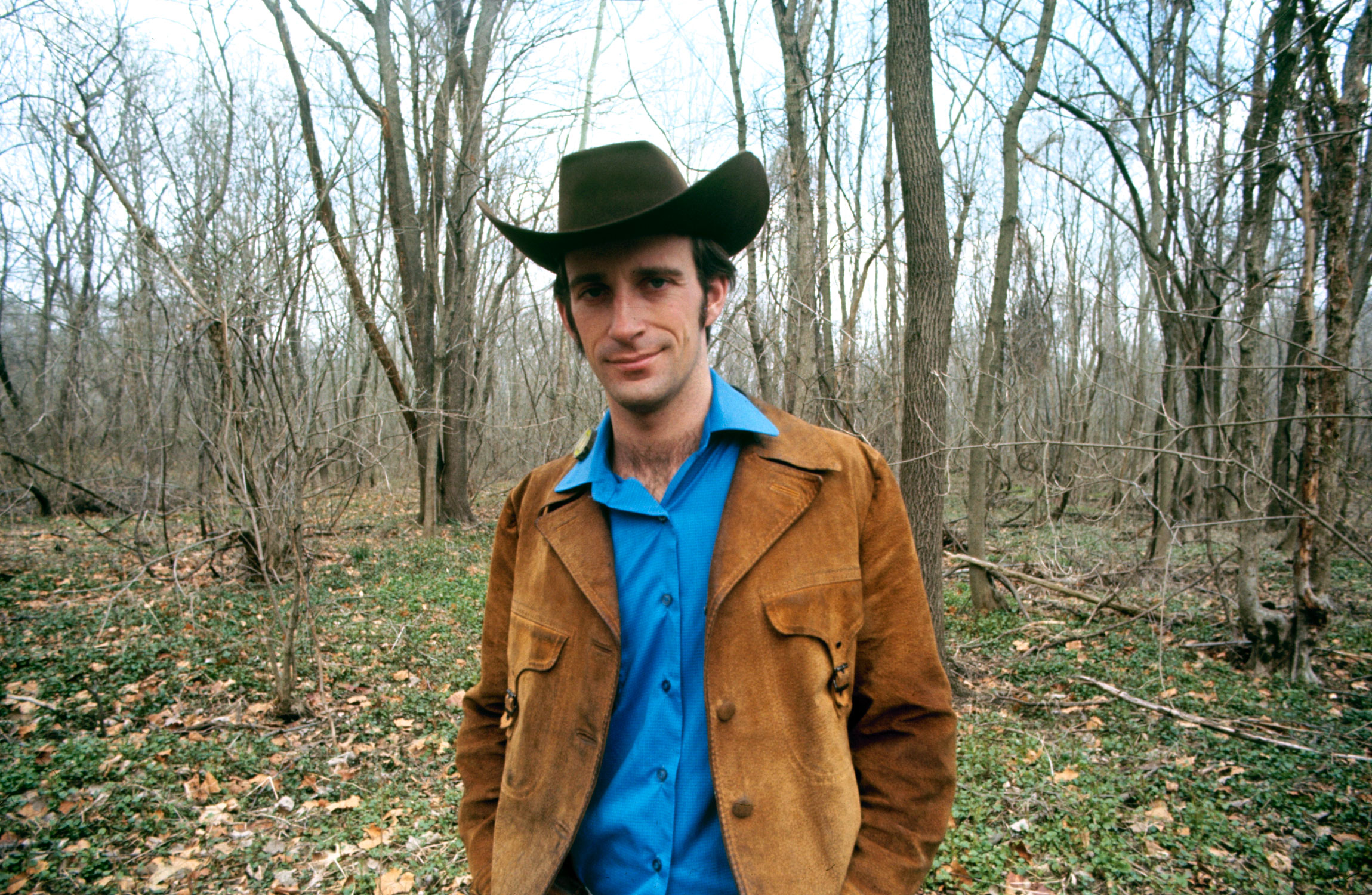
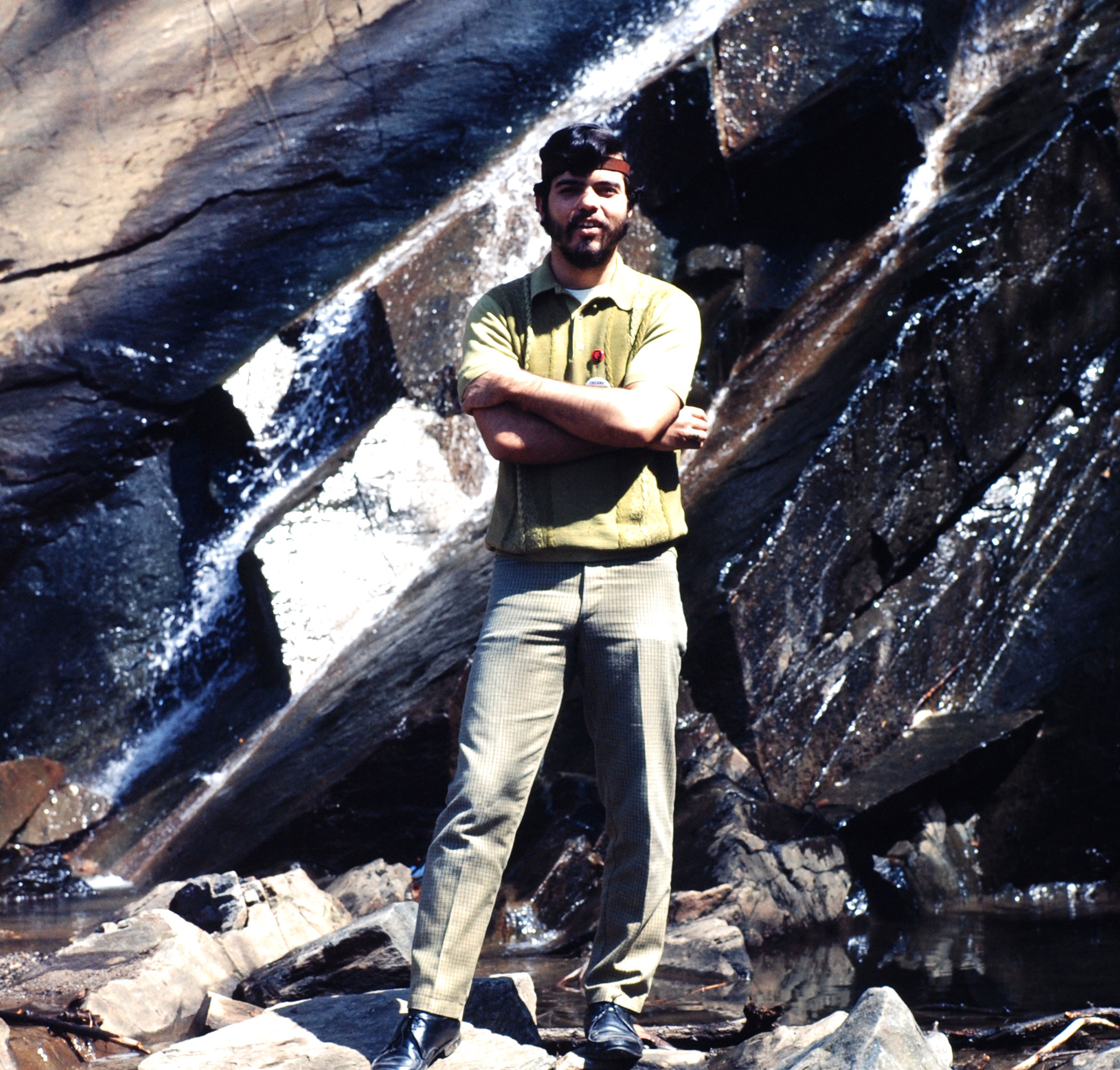
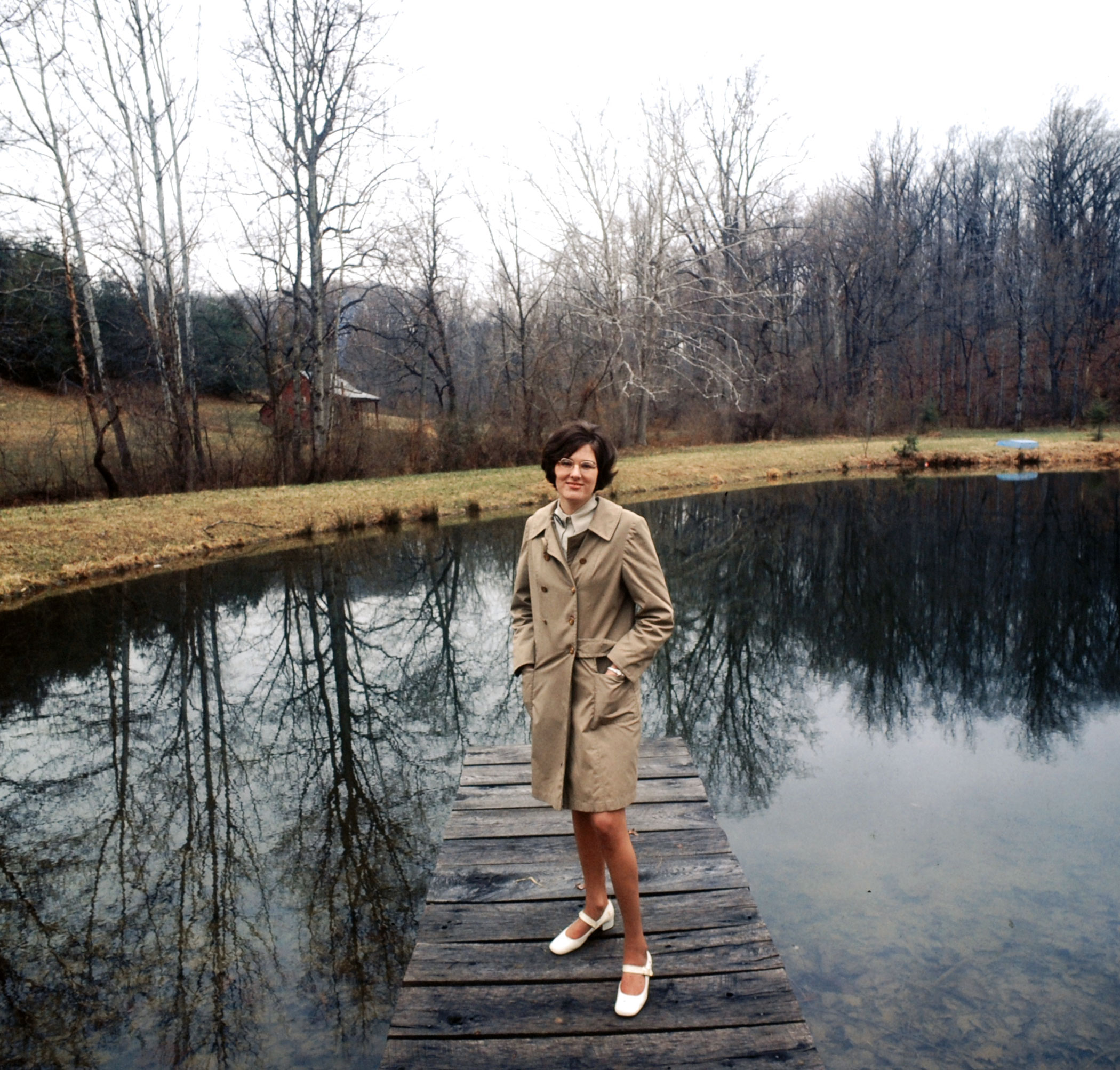
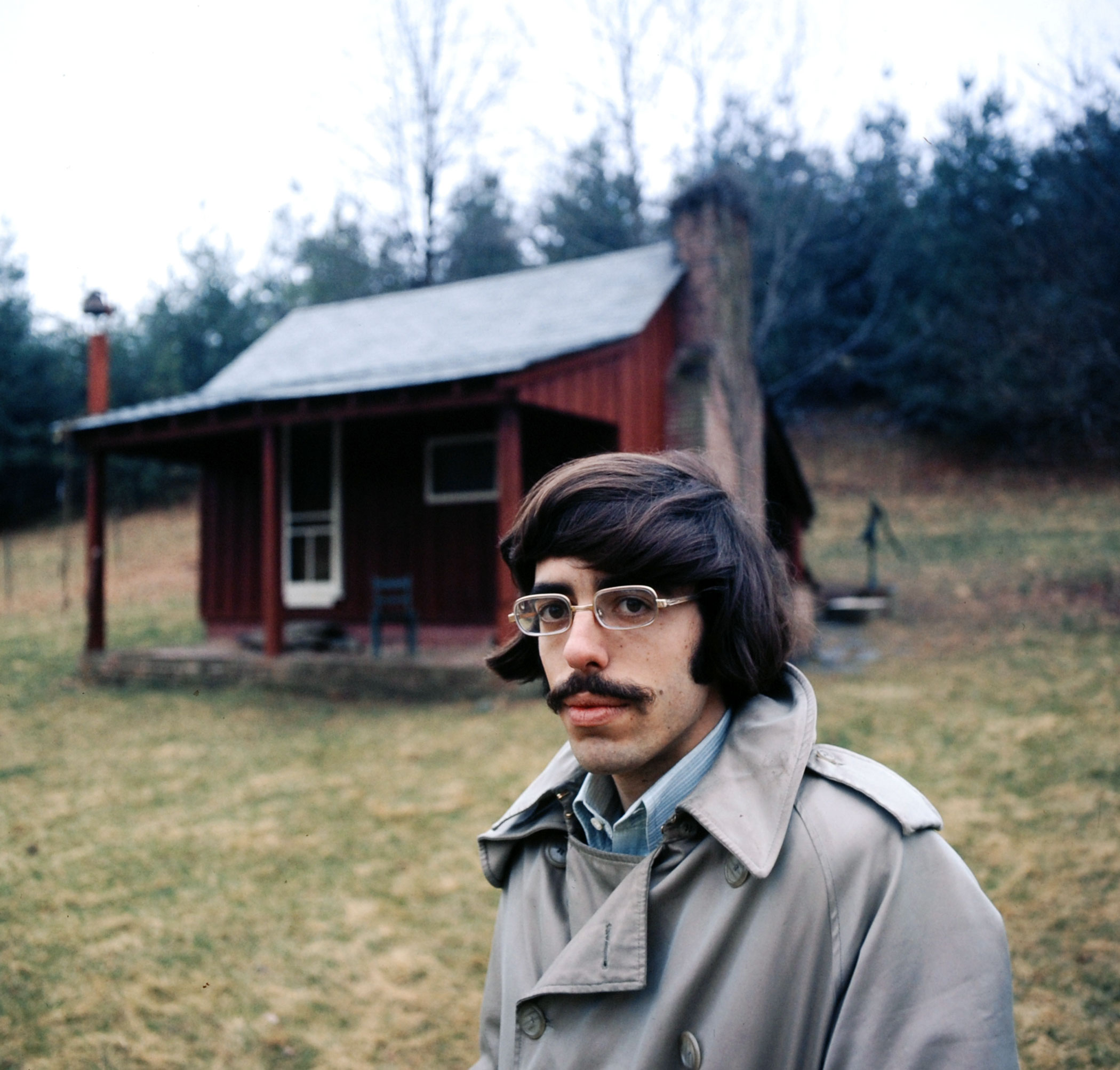
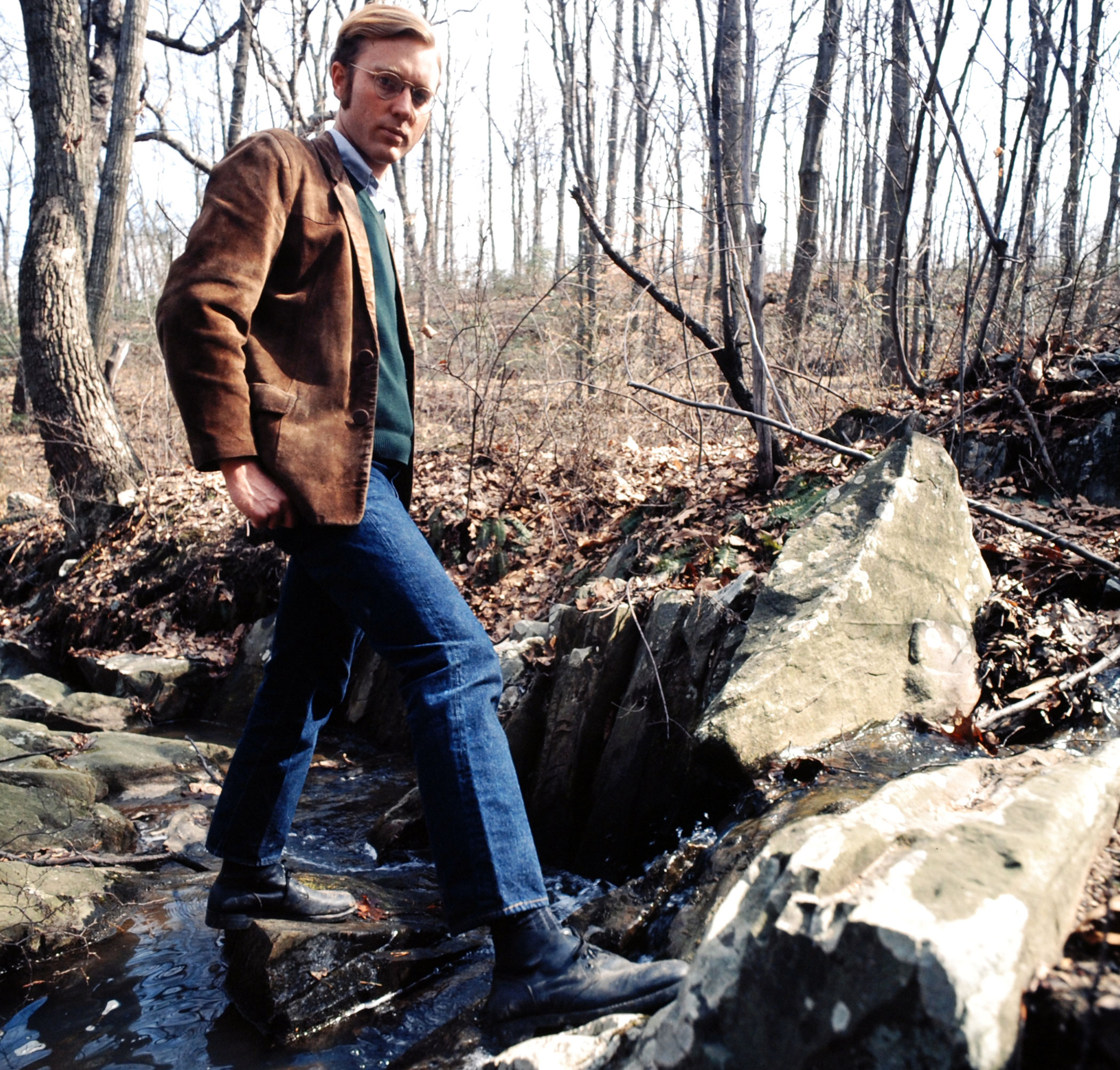
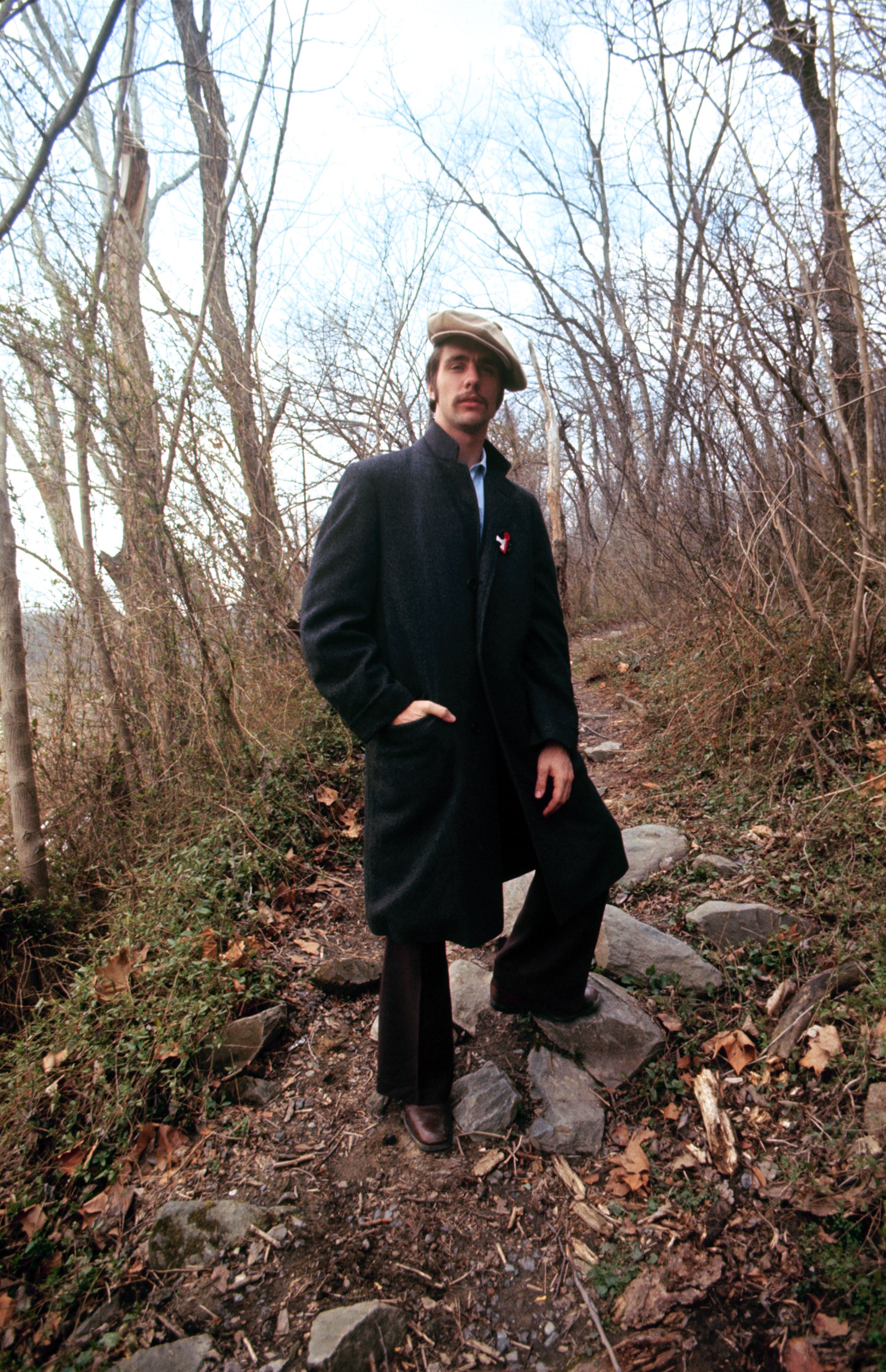
More Must-Reads from TIME
- Why Biden Dropped Out
- Ukraine’s Plan to Survive Trump
- The Rise of a New Kind of Parenting Guru
- The Chaos and Commotion of the RNC in Photos
- Why We All Have a Stake in Twisters’ Success
- 8 Eating Habits That Actually Improve Your Sleep
- Welcome to the Noah Lyles Olympics
- Get Our Paris Olympics Newsletter in Your Inbox
Write to Eliza Berman at eliza.berman@time.com